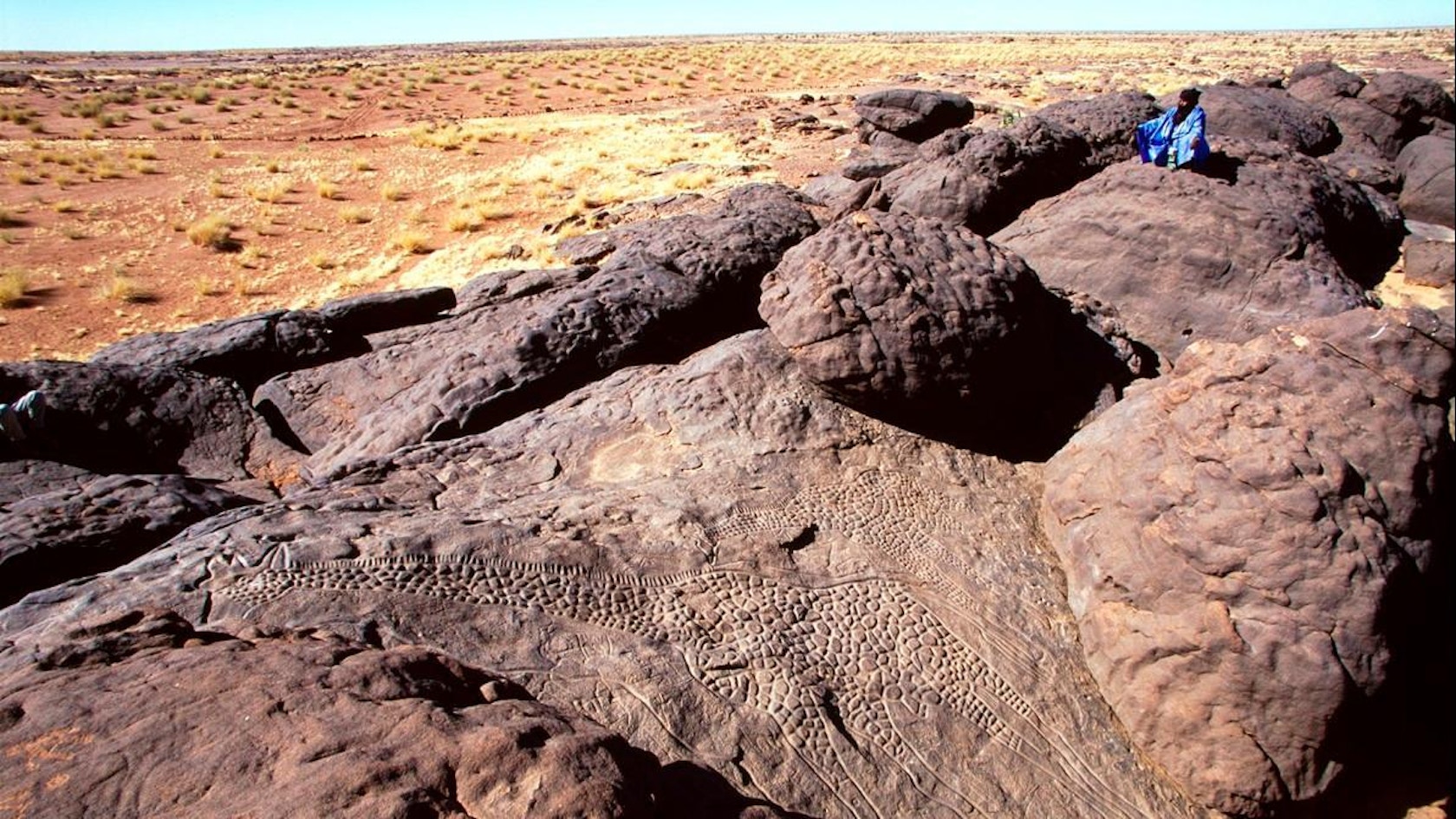
CULTURAL EMERGENCY RESPONSE
Cultural Emergency Response (CER) coordinates and supports locally-led protection of cultural heritage under threat. As a ‘cultural ambulance’, CER provides quick and flexible first aid support in immediate response to disaster or conflict situations. CER rescues, stabilizes or evacuates heritage under threat to prevent the loss of cultural treasures. Beyond emergency response, CER invests in the capacities of its partners through exchange, training, and sharing expertise to prepare with them for future crises. CER’s wider purpose is to make global heritage protection more inclusive, sustainable, and locally-led by advocating the recognition of cultural heritage rescue as a crucial aspect of humanitarian relief, recovery, development, and peacebuilding. For emergency support, please follow this link.
CER x TEFAF
TEFAF has been an active partner of CER since 2008, when it was still a Prince Claus Fund program. In July 2022, CER launched as an independent organization for the protection of culture in crisis. TEFAF’s contributions have helped to restore rare documents affected by the flooding of a unique Turkish library, enabled the excavation of holy relics from an ancient monastery in Burma destroyed in a mudslide, saved ancient rock art from destruction by armed rebels in Niger, and contributed to strengthening a 17th-century Nepalese temple to withstand earthquakes, as well as other projects.

CER's support in Ukraine
Within the first week of the invasion, CER activated its emergency mechanism and opened an emergency response fund to external contributions and pooled support. Inspired to join forces with international heritage organizations, the CER team coordinated a pooled fund of over €900,000 to support cultural workers in implementing urgent actions to provide first aid to cultural heritage under threat by the invasion. Together with the Nederlandse Museumvereniging and specialized transport companies, CER also collected and delivered all necessary materials to evacuate collections under attack in Ukraine. In the spring and summer of 2022, TEFAF and CER cooperated on a special fundraiser and collaboration dedicated to a continued effort to pool funding for Ukraine— with additional panel discussions in Maastricht and New York on the urgent need and practicalities of the protection of culture in crisis. As temperatures began to drop, CER resumed its efforts by partnering with the Worlds Monument Fund, with support from the Dutch Ministry of Foreign Affairs, to help with the winterization and stabilization of several historical sites in Kyiv, Sumy, and Chernihiv. Almost a year has passed since the invasion, and CER continues to support and coordinate cultural emergency response in Ukraine. Read more here and here.

SUPPORTED IN 2020: PROTECTING AND SAVING SURINAME’S DIVERSE HERITAGE
Suriname has a diverse and dynamic culture, a multi-ethnic mix of indigenous groups with African, Asian and European influences, but many elements of its cultural heritage are largely unprotected. The centre of its capital, Paramaribo, was declared a World Heritage Site by UNESCO in 2002. Paramaribo is located at the mouth of the Paramaribo River just a few feet above sea level. Now, with climate change, the country’s capital suffers from frequent flooding. Most buildings are constructed of wood, so fire is a constant concern, and there are many cultural heritage sites and artefacts both in and outside of the capital that are at risk in various ways.
The first step in the protection of this heritage is to bring stakeholders of 20 institutions together with representatives of the government, Civil Protection Service and the Red Cross to identify their needs and priorities for training. A 5-day training programme will be organised for 40-45 participants that will include risk assessment, salvage and recovery techniques, and will culminate with the development of disaster management and mitigation plans for each institution.
The institutions involved include some of the most important archives, libraries, museums and sites in the country, such as Surinaams Museum, the NAKS “EU-FRIE Documentation Centre for Afro-Surinamese Culture”, the Roman Catholic Bishopric Archive, and the Tembe Art Museum of Maroon Art, to name a selection. In these institutions there is a wealth of specific expertise, but a lack of capacity for emergency preparedness or response. There were virtually no plans for how to anticipate or respond to natural disasters, until now.
This project will be a significant step in safeguarding Suriname’s cultural heritage for generations to come. Linking the cultural institutions with government, emergency and humanitarian representatives ensures better coordination when disaster strikes. TEFAF donated this year €10,000 to the project, which supports a large portion of the work to be done.
